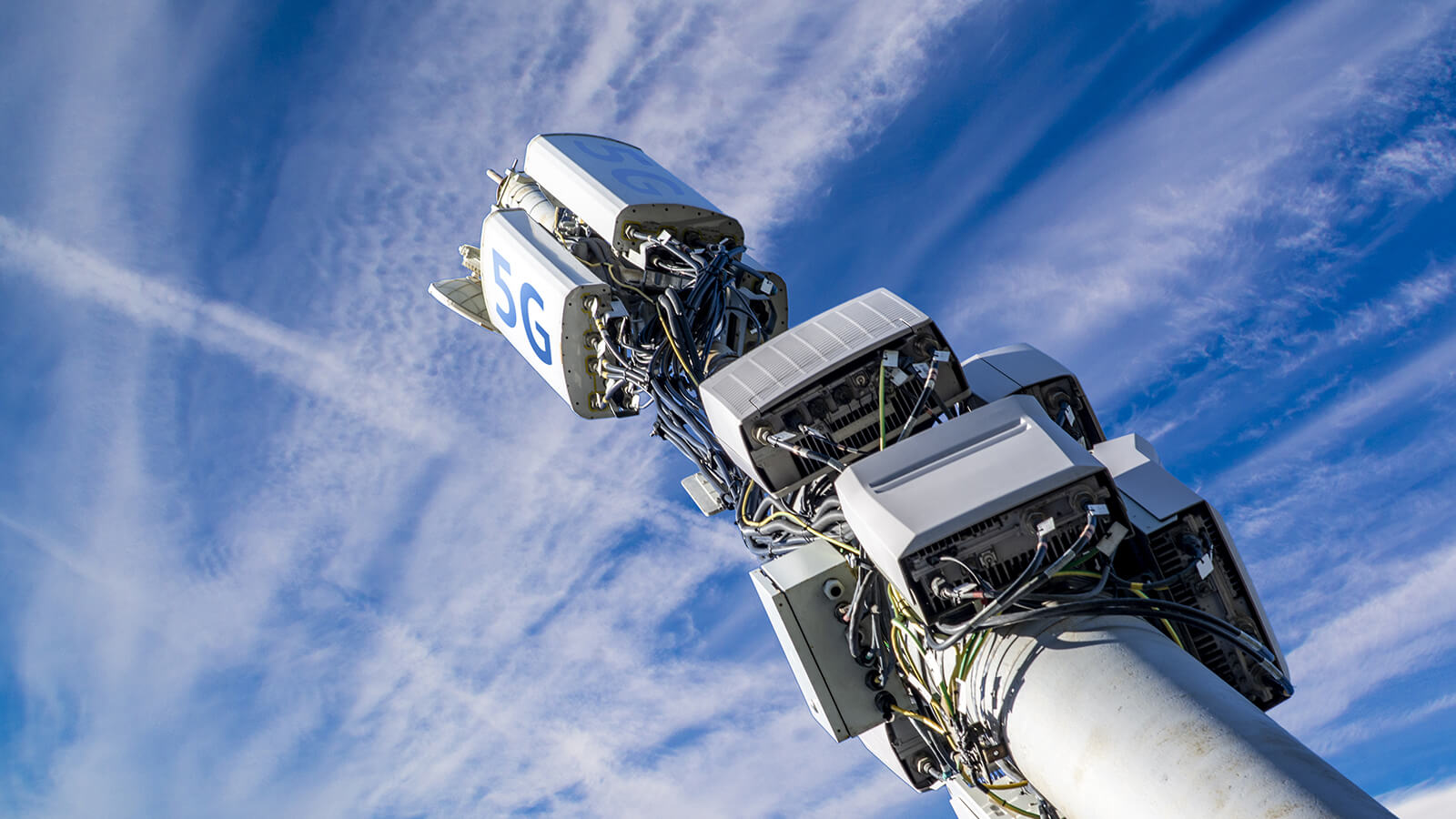If you've ever walked through a town, you may have seen tiny mini 5G cell towers on the poles of street lights. They look like little boxes however, they're actually transmitting wireless signals from cell phone providers to your phone.
These smaller towers are replacing larger specially-designed cell towers. Although they're not as visible however, they could cause problems for people.
what is a safe distance from a cell tower of the FCC's Radiation Exposure Thresholds
The FCC's Radiation Exposure Thresholds establish the safe distance that an individual can be exposed to electromagnetic energy from wireless devices. The limits for exposure are based upon scientific research which show that the energy of RF can cause harm to health.
The rate of absorption called the specific absorption rate (SAR) is an indicator of the radiofrequency energy that is absorbed by tissue. It is typically 1.6 milliwatts per kilogram averaged over one gram of tissue.
However, because 5g transmits at higher frequencies this could be able to create more energy on the skin as well as other body parts. This can result in many possible harms, such as an increase in the development of skin conditions like dermatitis, cancer of the skin and cataracts.
Because of the potentially harmful effects of radiation from 5G, PSU has chosen to create a general power density limit of 4 mW/cm2 averaged on 1cm2, and not to exceed 30 minutes for the entire 5G spectrum at 3000 GHz. This localized limit is consistent with the peak SAR that is spatially averaged at 1.6 W/kg, which is averaged over 1 g of tissue at 6 GHz.
https://ide.geeksforgeeks.org/tryit.php/7c93e0f5-2aab-46bc-b9a6-55351be4f83b
In the event that you've used mobile phone, you're probably aware that the safest distance from the tower is at least 400 meters away. what is a safe distance from a cell tower is because the power of the transmission of the cell tower is significantly increased the farther your location from the tower.
Although this may sound like a good idea but the truth is that those living close to towers might be more prone to health problems. For example, a study from 2014 in India found that those who lived within 50 meters from cell towers suffered much more health problems than those who were away from the antennas.
However, this study also revealed that those who relocated to areas that were further from cell towers experienced their symptoms improve within a few days. Other studies have demonstrated that exposure to extreme amounts of electromagnetic field radiofrequency (EMFs) could cause brain tumors, cancers and other health issues.

This is because RF radiation, which is used in wireless communication, can penetrate the human body's outer layer, which is the skin. This is vital to be aware of because the skin acts as a shield against injury to the body, infection by pathogenic microorganisms, and the entry of harmful substances. It is also the largest organ of the human body, and is accountable for keeping the integrity of other organs.
The FCC's Minimum Exposure Thresholds
The FCC's Minimum Exposure Thresholds are based on various assumptions that aren't supported by evidence from science. These include the erroneous assumption that short-term exposures to RF radiations are not harmful because of the minimal radiation penetration in the human body (i.e. the heating of tissues).
The assumption also ignores the more extensive penetration of ELF elements of modulated radio signals, as well as the consequences of short bursts of heat generated by RF waves that are pulsed. These assumptions are not in line with the current understanding of biological effects of RF radiation. As such they shouldn't be relied upon for health-protection exposure standards.
In addition, the ICNIRP and FCC limit its maximum levels of radiation exposure for local peak SARs, based on the peak spatial specific absorption rate (psSAR) which is not a reliable dosimetric instrument to determine the degree of radiation exposure. Particularly the psSAR tool is not accurate when frequencies exceed 6 GHz. Furthermore, psSAR has not been evaluated for RF radiation with co-exposure to other environmental agents , such like sunlight. Interactions of RF radiation with other environmental agents may cause synergistic or antagonistic effects. This would result in an increased risk of negative health adverse effects. For example, exposure to RF radiation along with exposure to sunlight can increase the risk of skin cancer and exacerbate other skin diseases such as acne.
